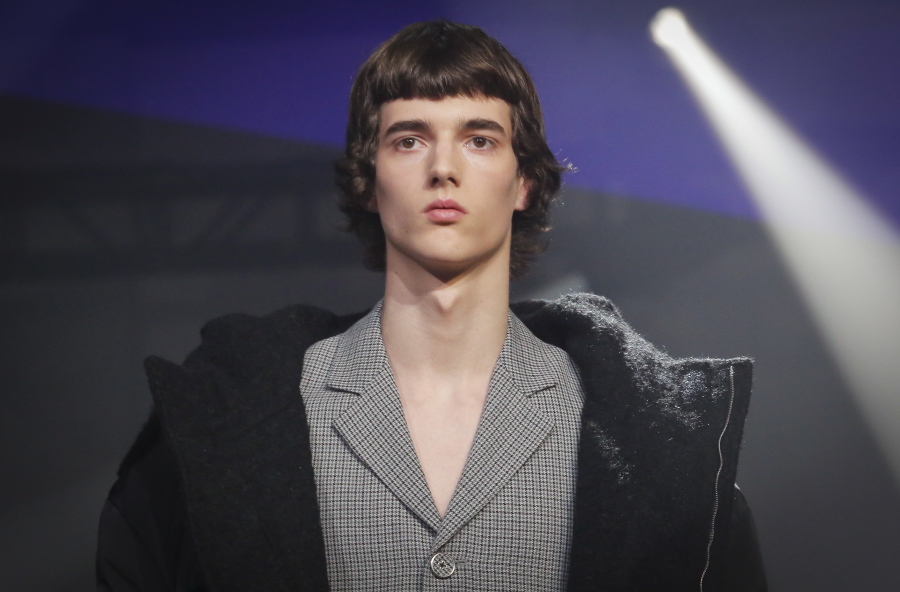In one of the most dynamic runway shows last fall, Thom Browne ended his Paris presentation with a model dressed in white guiding an enormous unicorn puppet. Two dancers, padded like marshmallows, had opened the show, flitting and twirling across the wooden floor of the majestic City Hall. In between, models crept precariously atop daunting heels in exquisite attire one could never wear to the neighborhood market.
What is a casual consumer of fashion supposed to make of such a sight?
Browne does not like to explain his shows. Interpretation, he has said, is up to the beholder.
Not that long ago, the only people who would get to see such a fantastical presentation were fashion industry insiders and the journalists who cover that world. Now, however, some of the most theatrical and esoteric runway shows can be viewed by virtually anyone. Sponsors and charities enable those with a healthy bank account to buy their way into a show. Fashion houses live-stream their presentations, and journalists upload show videos almost before the designer has taken a bow – or you can see pretty much the entirety of a collection on Instagram.
When runway shows veer toward the more experimental, they can be as confounding as expressionist art or atonal music. What does it mean? What is the point? Doesn’t anyone offer the equivalent of “music appreciation” classes to help a newcomer make sense of fashion?



